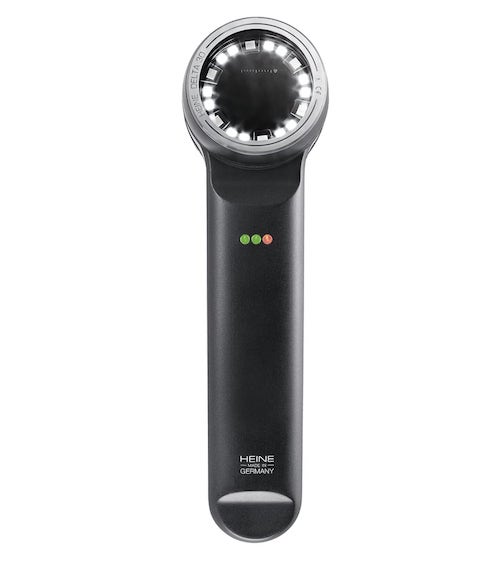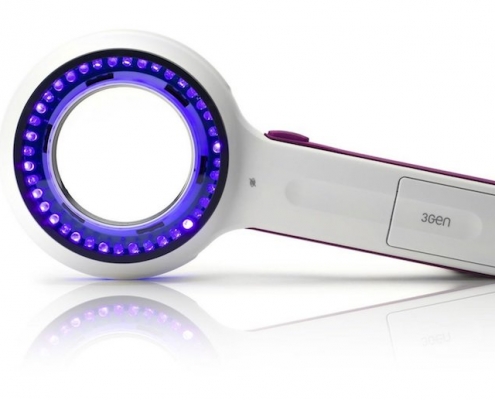UNFORTUNATELY, SOUTH EAST SKIN CLINIC IS CURRENTLY CLOSED
Features of our service:
- Expert Diagnosis & Early Detection of skin cancer
- Expert mole scanning
- Minimise the rate of ‘negative biopsy’
- Biopsy Results initially sent by SMS with a prior discussion of what to expect
- Patients requiring significant surgical treatment referred to specialists
- Emphasis on skin cancer prevention
Our Clinic
The features of our clinic:
- Purpose-built skin cancer clinic
- Relaxing ambience
- Spacious consulting/procedure rooms
- Set up for Privacy
- Online Booking
THE SKIN CANCER DOCTOR
Our Doctor:
- Has three Skin diplomas, 2 distinctions, 1 prize, 1 Scholarship
- Has worked in the field of skin cancer medicine for 9 years
- Refreshes and updates skin cancer skills on a regular basis
- Audits his results through SNP Pathology
- Founder of South East Skin Clinic
YOUR SKIN EXAMINATION
A full skin check will take 10-25 minutes, depending on the complexity of your skin. Your privacy is assured throughout the skin examination with the use of a privacy curtain and drape.
A skin check requires using a specialised instrument called a Dermatoscope, or mole scanner, that allows skin cancer to be detected earlier than by a simple visual inspection.
Each lesion is categorised as one of:
- Harmless – move onto the next lesion
- Definitely a skin cancer – this will need treatment
- Might be a skin cancer – the doctor further examines with the ‘mole machine’ (digital dermoscopy)
- Very unlikely to be skin cancer – the lesion may be re-photographed with digital dermoscopy a few months later
One-third of patients attending our clinic for a routine skin check will require a biopsy, typically a small shave sample.
SHOULD I GET A SKIN CHECK?
Checking your own skin is a good start but is not enough. However, the simple truth is that most skin cancer that we see were not raised as a concern by the patient.
The objective of a routine skin check is to diagnose skin cancer in its early stages. Treatment of small skin cancer will be quicker, cheaper and less invasive than treatment of large skin cancer.
Melanoma discovered at a routine skin check is likely to be easily treated ‘in situ melanoma, whilst melanoma diagnosed following patient concern is likely to be invasive. For this reason alone, a routine skin check in Queensland should be as routine as a visit to the dentist.
A skin screening program done in Germany called the SCREEN project saw over 360,000 citizens, over a one year period, participate in a skin check. Following this program, death from skin cancer fell by half over a five year period.
MOLE SCANNING
Dermoscopy equates to ‘mole scanning.’ The small handheld device looks like a magnifying glass with light. The typical hand-held instrument uses polarised light, allowing the doctor to see through the epidermis to spot clues that may indicate skin cancer.
The language of dermoscopy is complex, with hundreds of structures described. Mole scanning is not an exact science, but the expert incorporates various prediction tools with experience to reduce uncertainty.
A full skin examination combines analysis of individual lesions with a comparison between different lesions, like ‘spot the difference’ where each mole is viewed individually compared to other moles.
Three types of mole scanner are available depending on the situation – a handheld device, larger overview device, and a desktop device.
HANDHELD SKIN SCANNER
You will probably recognise the hand-held mole scanner if you have had a full skin check. The device allows the doctor to quickly view a lesion of concern.
We bought the latest Heine delta 30 in 2021. This portable dermatoscope is now used at the skin clinic for the initial examination of all lesions.
The device allows lesions of concern to be recorded onto the electronic health record.
A little technicality is that the device supports both ‘contact’ and ‘non-contact’ dermoscopy.
OVERVIEW SKIN SCANNER
The Lumio Scanner provides 2x magnification of the skin through polarised lenses. The 40 LEDs provide a very bright and crisp overview.
The skin check typically starts using this scanner to identify discrete lesions that require further examination with the larger Mole Machine.
This is an excellent device for finding sunspots.
DESKTOP DEVICE
The D120 dedicated mole scanner has these features:
- Images appear on a live digital monitor, allowing for a live discussion.
- Magnification to at least 50 times through special lenses.
- Links to a computer analysis
- Follow up examination for changes may be easily performed.
We now use the portable Heine Delta 30 for viewing and recording moles although D120 mole scanner can be helpful in mapping some types of mole.
Regular Checks & Spot Checks
WHO IS MOST AT RISK OF SKIN CANCER?
There are over 50 skin cancer risk factors. You can still enjoy our fine SEQ weather but just be sun-sensible.
The strongest risks are:
WHEN SHOULD I GET A SPOT CHECKED OUT?
There are well known acronyms such as ABCDE. Our Doctor developed the HAND algorithm to emphasise the importance of Change:
Author: Our Doctor
Last Modified: 4/5/2021
First published: 27/8/2014





